How to work with a very deep truss in vaulted ceiling?
Hello dear friends, as you will see in the attached drawing I am looking at about an 8 foot run of 22″ deep truss over my living roof before my ceiling flattens out to catch the height of the second story ceiling in the back of the house.
From what I’ve read, people usually have the opposite problem of not enough room for insulation in their sloped ceiling but I seem to have a lot. Since I do have a flat section, I think it’s reasonable to put 15″ of blown in cellulose over that part but I’ve struggled with what to do with the steep pitch. If the truss were 16 or 17″ deep I would create a 2″ site built baffle and fill the pitch with cellulose to keep it all the same but with 22″ I’m not sure. If I do a 2″ air vent am I better to blow in 20″ of cellulose or can I stack 2 x R30 fiberglass batts in there? The batts are 9.5″ thick each so that would leave me about an inch between the insulation and the bottom of my baffle which is probably ok isn’t it?
I will take care to install and air seal drywall or osb before installing any pine board finish ceiling and do my utmost to keep those pesky pot lights out of my ceiling and infront of the moving steam roller. Actually speaking of, are the new IC rated shallow pot lights my electrician is promoting fit for the steam roller too or was that from a few years ago before they figured out how air works?
As always, thank you sirs.
GBA Detail Library
A collection of one thousand construction details organized by climate and house part



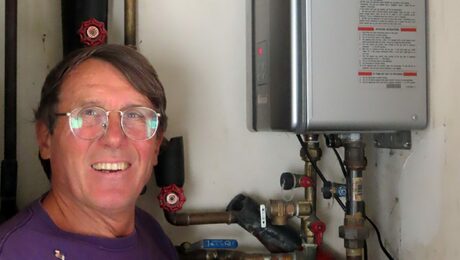
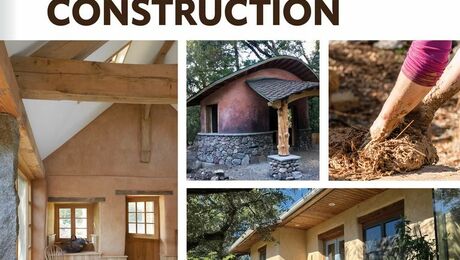
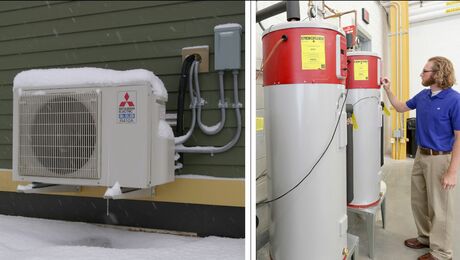
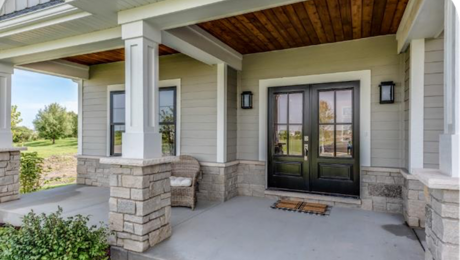
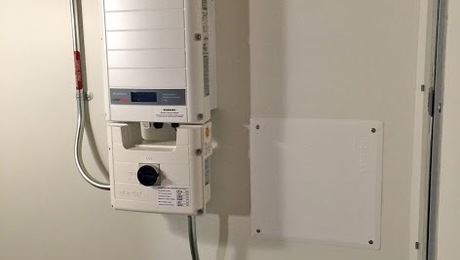

Replies
I would be inclined to simply fill it with cellulose. There's nothing wrong with having that part better insulated than you need.
I haven't seen the new shallow IC rated pot lights, but I wouldn't believe it unless he shows you a sample and fills it with water to show you that it doesn't leak. The Philips SlimSurface lights mount to a regular J-box (or better, an air-tight J-box!) and give you the same look and function. There are more an more options like that. For example I really like the Home Depot/Commercial Electric ones. They looked cheap in the display, but installed they look better and you'd assume they are recessed if you didn't know. But what I really like is the light quality. They have a high color rendering index (>90), and I like the light quality better than my other high color rendering index LED bulbs.
http://www.homedepot.com/p/Commercial-Electric-4-in-Soft-White-Recessed-LED-Can-Disk-Light-CE-JB4-600L-27K-E26-2/206105620
Batts will leave voids, never fit well, and underperform their rated R substantially. The voids / air spaces created by the truss braces become a convective thermal bypass and potential unimpeded infiltration path. Blown is really the best solution.
The 1" vented air space is a minimum not an optimum- having more is better, as long as you don't cheat the R value. too much. A 20" cellulose depth is fine an probably still financially rational over time (depends a bit on your climate), but make it at least 15". If not dense packed (more expensive) use damp sprayed (usually much cheaper) to prevent slumping/sagging on the sloped portion over time.
+1 on Charlie's surface mount LED suggestion for any ceiling mountd downlights rather than potlights (and using air-tight electrical boxes. ) The ultra-long lifespan of LEDs is a big plus for tall sloped ceilings, where changing out light bulbs is a PITA, and it's a lot easier to robustly air seal an air tight electrical box than a pot light (even the gasketed air tight fixtures.)
Thanks guys, I will make the vent as big as possible. How deep are the chords typically? Since it's an open web truss, realistically making bottom of my baffle flush with the bottom of my top chord will be as deep as I can go under the sheathing to create that vent. Oh ok, I see what you're saying.. if the chord is a 2x4 on edge, thats 3.5" deep minus half inch baffle depth leaves me 3" vented space and 18.5" to fill with cellulose, that seems reasonable. I will enquire about damp spraying and other measures to prevent it from settling. Worse case ontario I can just blow some more in there in a few years if I need to.
Thanks for the heads up on the lights, that makes a lot of sense. Things are coming together.
Barry, the top chord is usually 3 1/2" but sometimes more when the geometry is unusual, like yours. Cellulose is cheap so don't worry about too much, there's no such thing. Dense-pack the parallel chord portion and loose-blow the attic portion. More is better for vent space as others have said.
Here's what Dana is talking about when using batts in open-web truss.
I just threw up in my mouth a little bit, thanks Chris.
@Barry. That's what luxury buys you in my town.